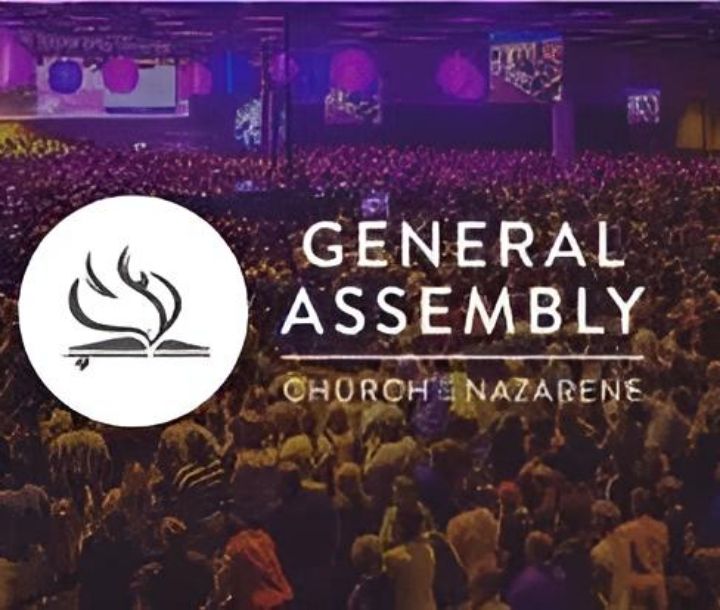Sprinkling, Pouring, or Immersion? What Nazarene Baptism Looks Like
What Kind of Baptism Does the Church of the Nazarene Practice? This is a question that comes up more often than you’d think. Whether you’re new to the Church of the Nazarene or simply curious, you may find yourself asking: “Do Nazarenes baptize by sprinkling or immersion?” The answer is both—and even more. What the Nazarene Manual Says (Paragraph 12) According to Article 12 of the 16 Articles of Faith in the Church of the Nazarene Manual, baptism is a sacrament—a holy sign of: Receiving the benefits of Christ’s atonement Being joined to the Body of Christ Proclaiming faith in Jesus as Savior “Baptism may be administered by sprinkling, pouring, or immersion.” — Church of the Nazarene Manual, Paragraph 12 That’s right—sprinkling, pouring, and immersion are all acceptable methods. The emphasis isn’t on the amount of water, but on the spiritual meaning behind the act. Biblical Support for Baptism (Manual references) Here are the scriptures backing up our belief and practice: Matthew 3:1–7 – John the Baptist baptizing in the Jordan Matthew 28:19–20 – The Great Commission: “Go… baptizing them…” Acts 2:37–41 – Peter baptizing new believers after Pentecost Acts 8:35–39 – Philip baptizes the Ethiopian eunuch Romans 6:3–4 – Baptism represents dying and rising with Christ Colossians 2:12 – “Having been buried with Him in baptism…” 1 Peter 3:21 – “Baptism now saves you…” All these scriptures show that baptism is about identification with Christ, not just a religious ritual. Who Can Be Baptized? The Manual also allows for: Believers – as a declaration of their full purpose to follow Jesus Children and the morally innocent – upon request by parents or guardians The church must ensure ongoing Christian training for them. So whether it’s a child presented in faith, or an adult coming to Christ, the church is ready to baptize in a way that fits the moment—sprinkling, pouring, or immersion. Why It Matters Some churches insist on immersion only. Others only sprinkle. The Church of the Nazarene believes the meaning of baptism is more important than the method. What matters most is that the person is placing their faith in Jesus Christ, and entering a life of obedience, holiness, and righteousness. In Summary: The Church of the Nazarene accepts sprinkling, pouring, and immersion as valid forms of baptism. We baptize both believers and children (when requested by guardians). Our practice is rooted in Scripture and guided by Paragraph 12 of the Nazarene Manual. The act of baptism symbolizes union with Christ, not just a church tradition. Have you been baptized—or are you thinking about it? Let us know your story in the comments. And follow us for more insights rooted in faith, truth, and Scripture.






